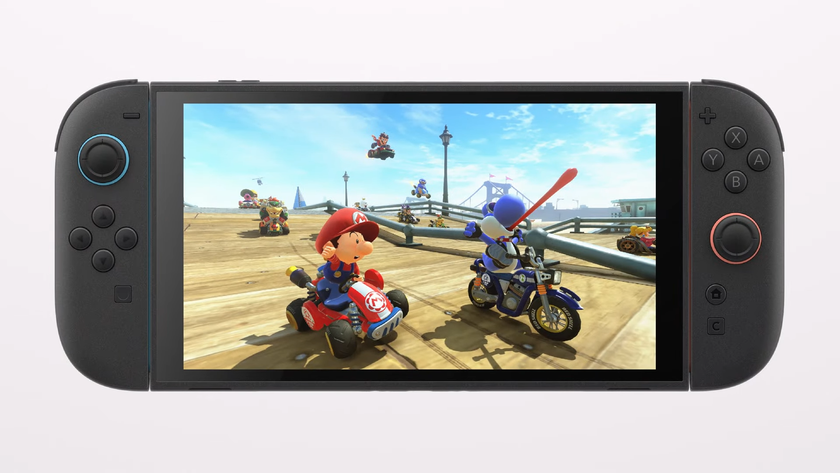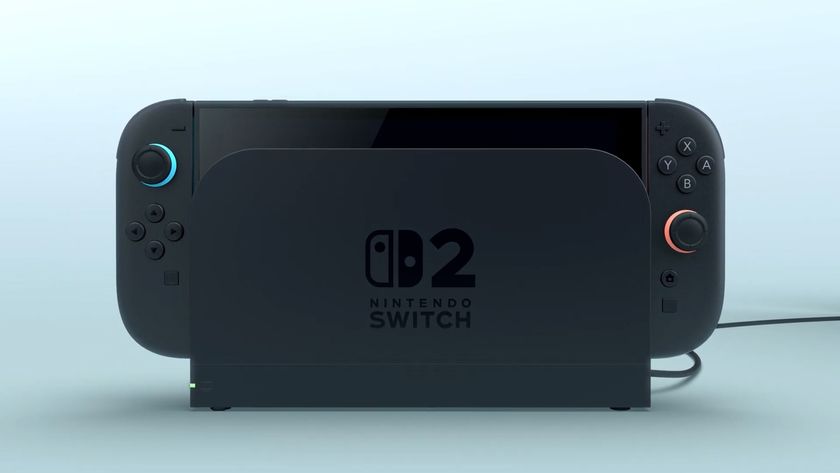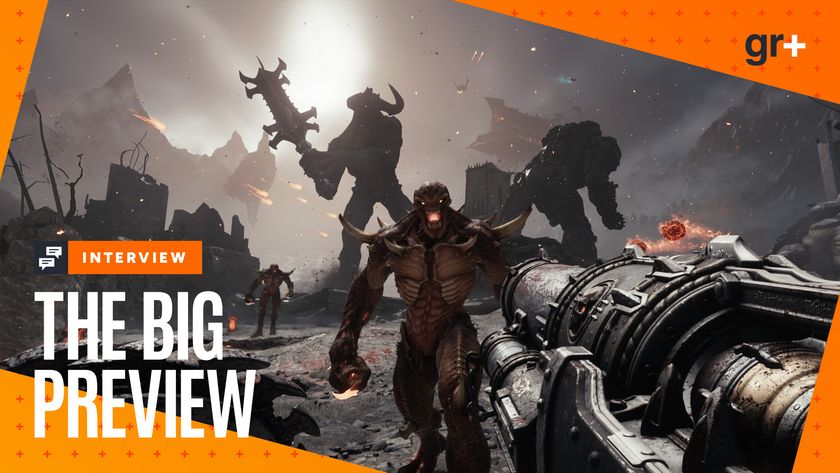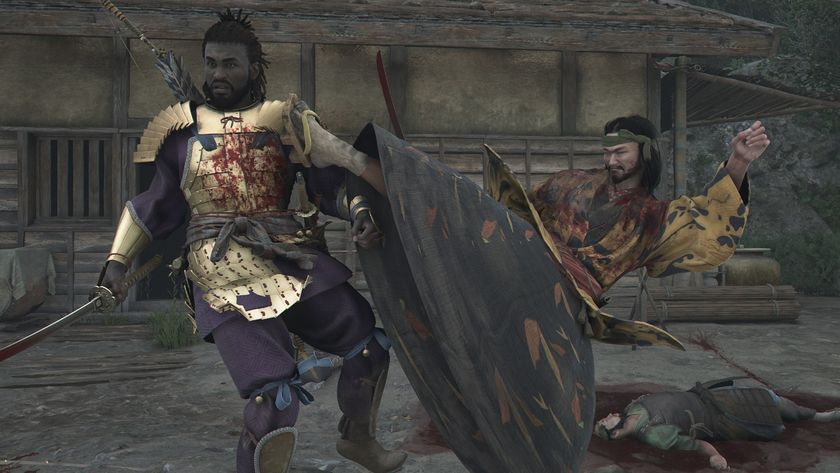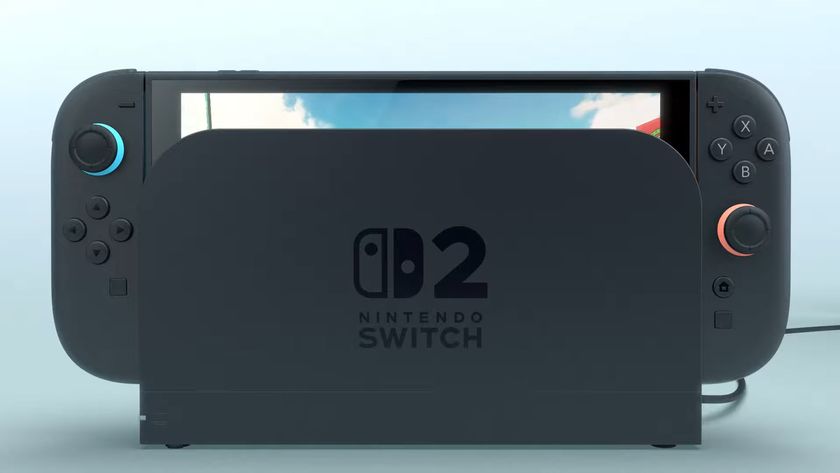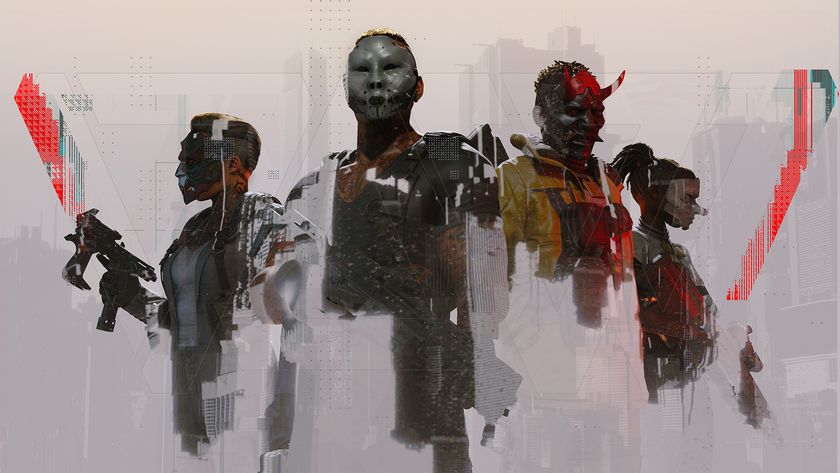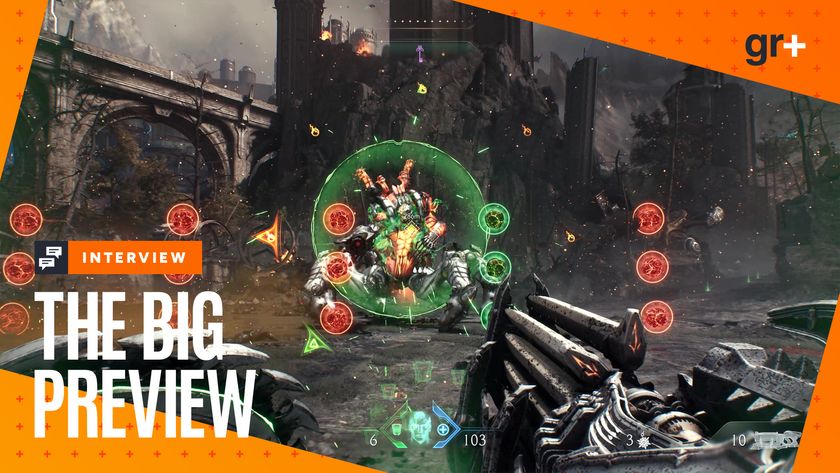AI upscaling explained: the secret sauce boosting GPU and console performance
Everything you need to know about AI accelerated graphics and potential Switch 2 support.
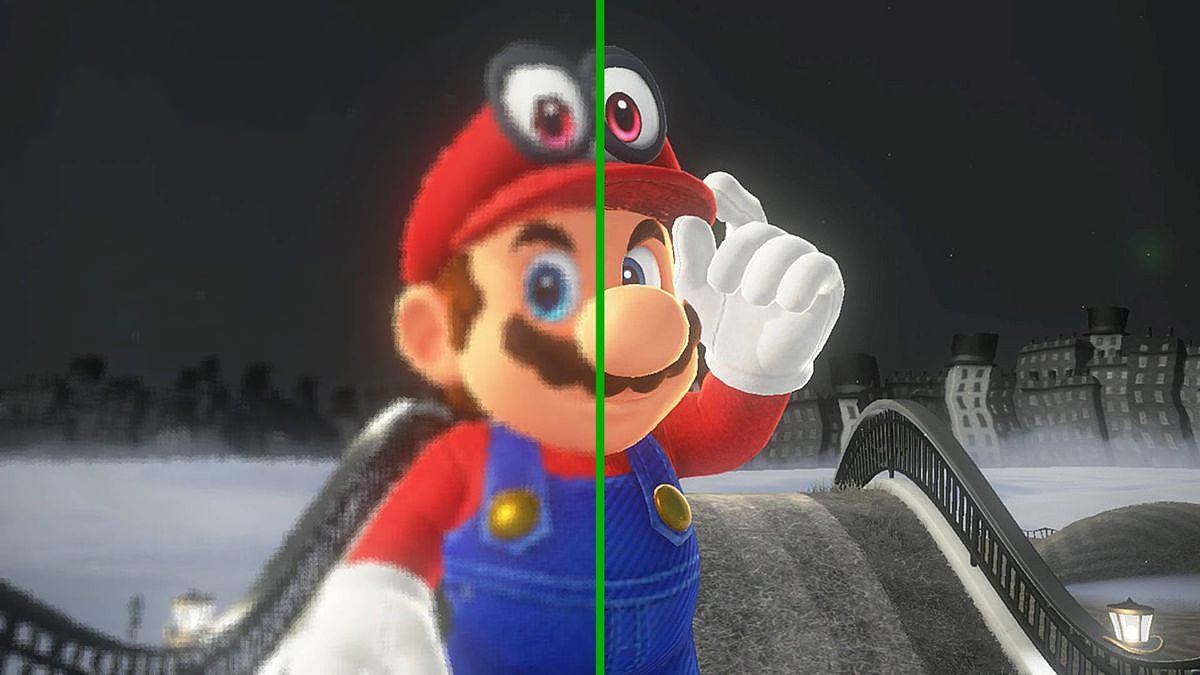
AI upscaling has quickly become an underpinning of modern gaming. It's not exactly new, but with consoles now adopting the same tech used to boost fps as contemporary graphics cards, you'll no doubt be wondering how tools like Nvidia DLSS, AMD FidelityFX, and the PS5 Pro's PSSR actually enhance performance in your favorite games. and I've got a breakdown that will help explain it all.
The term AI upscaling is commonly used to describe a feature that uses machine learning and algorithms to enhance visuals. The best graphics cards, laptops with mobile GPUs, gaming handhelds, and new consoles have the ability to do this in real time. The device runs a game at a lower resolution and then uses AI to artificially bolster its visual fidelity, masking the appearance of lower res textures and objects.
Since the Nintendo Switch 2 is set to feature an Nvidia chip with AI upscaling abilities, now feels like a good time to explain the ins and outs of the feature. The basic idea here is that tools like DLSS provide dynamic upscaling that will predict what lower resolution images will look like at 4K. It'll also typically time this so that it's only ramping up the textures and visuals that are in your line of sight, rather than wasting processing power on something far off in the distance or out of view. The result? Graphics that look pretty close to native UHD that aren't as taxing on your console or GPU.
What is DLSS?
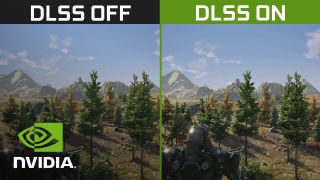
Short for Deep Learning Super Sampling, Nvidia DLSS is a collective term for a bunch of AI upscaling and enhancement tools. Originally, the tool specifically allowed players to render games at a lower resolution then upscale them to appear sharper. It has since evolved to also include perks like Frame Generation that will boost fps by filling in the gaps with images created entirely via artificial intelligence.
To actually achieve this, Nvidia's GPUs now have specific hardware elements designed to deal with tasks like AI upscaling. These work to help chips quickly upscale generated visuals in real time to maintain performance as part of the chip rather than using external software. If you use a modern graphics card, like the Nvidia GeForce RTX 5070, you'll get access to beefer Multi-Frame Generation tools that can boost fps even higher thanks to boasting beefier hardware specs, whereas older architectures will only have enough juice for ordinary DLSS.

The Nintendo Switch 2 is set to feature an Nvidia Ampere SoC (System on a Chip), which means it'll have the right guts for DLSS 2 specifically. That version lacks Frame Generation abilities, so if Ninty's system takes advantage of the feature, it will be tapping strictly into the AI upscaling side of things. That will theoretically let the handheld render graphics at a lower resolution then scale them up to 4K dynamically, which should help it achieve much higher frame rates than the OG portable.
If you're eyeing up Nintendo Switch pre-orders and wondering if it'll end up with AI upscaling abilities, there are a few things to note. The first is while support hasn't been confirmed explicitly for the handheld, it will come armed with a 1080p 120Hz display and 4K output abilities for your gaming TV. The portable will more than likely use some sort of dynamic scaling to keep frame rates smooth and actually hit that elevated refresh rate, and it'll be DLSS lurking under the hood if that's the case.
Sign up to the 12DOVE Newsletter
Weekly digests, tales from the communities you love, and more
There are typically four DLSS options to choose from within most modern games; Quality, Balanced, Performance, and Ultra Performance. Each setting will set your resolution scale to a specific percentage, with the latter option dialling things back to 33.3% of what your native settings are. At 4K, this means your GPU will be generating frames at 720p and using AI upscaling to provide UHD results.
DLSS mode | Render scale | 1920 x 1080 (1080p) | 2560 x 1440 (1440p) | 3840x2160 (4K) |
|---|---|---|---|---|
Quality | 66.7% | 1280 x 720 | 1707 x 960 | 2560 x 1440 |
Balanced | 58.0% | 1114 x 626 | 1485 x 835 | 2227 x 1253 |
Performance | 50.0% | 960 x 540 | 1280 x 720 | 1920 x 1080 |
Ultra Performance | 33.3% | 640 x 360 | 853 x 480 | 1280 x 720 |
At the opposite end of the scale, Quality mode will render at 66.7% of your native resolution. So, if you use one of the best gaming monitors with 4K abilities, you'll be upscaling 1440p visuals to match the panel's specs. The tech's algorithms will aim to make everything appear, in theory, as sharp as UHD, and if you've got a QHD display, it will do the same using even lower resolutions.
If the Switch 2 ends up using some form of DLSS, games will in theory use one of these modes. Rather than having the player decide, it's likely that developers will choose one that best suits the experience they're hoping to achieve. In outings that will benefit from speed, the system could render at a much lower resolution then scale to 4K to ensure 120Hz refresh rates can be matched in handheld mode. On the flipside, something akin to quality mode might be used in adventures where preserving detail is more important.

There are absolutely drawbacks to DLSS, notably when it comes to finer details. Worlds with dense foliage can sometimes look a little odd, with blades of grass and leaves suffering from a jittery effect. I've also historically noticed artificing with things like mesh fencing, and while newer versions of the software come with less quirks, upscaling from a low resolution to 4K does come with a risk of visual drawbacks.
DLSS also isn't compatible with every game by default, and when it comes to PC releases, it's up to developers to add support in. When it comes to the Switch 2, it's unlikely that you'll see any specific options for modes within settings menus since. Typically, Nintendo likes to keep things streamline for players, and while consoles like the PS5 like to dip their toes in PC-adjacent options relating to performance and fidelity, Ninty will likely do that on behalf of players.
What is AMD FSR?
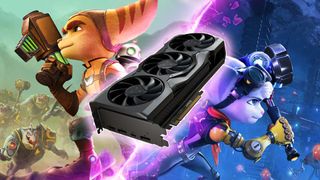
FidelityFX resolution, or FSR, is AMD's upscaling suite that's compatible with its range of Ryzen gaming CPUs and Radeon graphics cards. While the original version of the tool used traditional spatial upscaling techniques to enhance visuals and boost frame rates, FSR 4 uses AI to rival DLSS using using hardware based accelerator cores included with RDNA 4 GPUs.
This means that while handhelds like the Steam Deck OLED can tap into OG FSR, it lacks the cores required to pull off FSR 4 AI upscaling. The lack of compatibility is something that could give new handhelds an edge over Valve's powerhouse portable, especially since the tools have the ability to provide smoother frame rates at higher resolutions like 1080p.
Before you get FOMO, just know that FSR 4 requires an RDNA 4 APU. At this specific moment in time, there are no handhelds or laptops with that chipset, so even the newly released Lenovo Legion Go S isn't going to afford you that luxury. Effectively, that means the Nintendo Switch 2 could be one of the only handhelds out there with AI upscaling tricks, as there aren't many other Nvidia-powered portables out there that can tap into Tensor core tech.
If and when FSR 4 does come to devices, it will use machine learning in a similar way to dynamical scale resolution and boost fps using Frame Generation. AMD gives developers the option to bake its 'Fluid Motion Frames' tricks into games, but players can also turn on a driver-level version that's compatible with most PC games out there. It can add latency if you don't also leverage Radeon Anti-Lag tech alongside the feature, so that's worth keeping in mind before using it by default.
Upgrading your setup? Take a peek at the best PS5 monitor and best Xbox Series X monitor for console-friendly panels. Alternatively, check out the best gaming TV options with elevated specs.

I’ve been messing around with PCs, video game consoles, and tech since before I could speak. Don’t get me wrong, I kickstarted my relationship with technology by jamming a Hot Wheels double-decker bus into my parent’s VCR, but we all have to start somewhere. I even somehow managed to become a walking, talking buyer’s guide at my teenage supermarket job, which helped me accept my career fate. So, rather than try to realise my musician dreams, or see out my University degree, I started running my own retro pop culture site and writing about video games and tech for the likes of TechRadar, The Daily Star, and the BBC before eventually ending up with a job covering graphics card shenanigans at PCGamesN. Now, I’m your friendly neighbourhood Hardware Editor at GamesRadar, and it’s my job to make sure you can kick butt in all your favourite games using the best gaming hardware, whether you’re a sucker for handhelds like the Steam Deck and Nintendo Switch or a hardcore gaming PC enthusiast.
You must confirm your public display name before commenting
Please logout and then login again, you will then be prompted to enter your display name.
